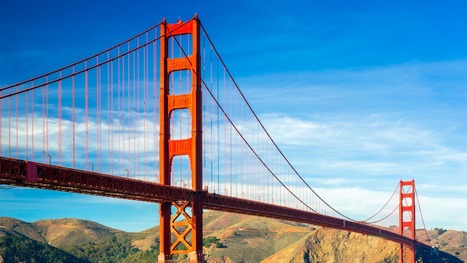More than half of the wastewater injection wells being used by frackers in the state are within 10 miles of a recently active fault.
Get Started for FREE
Sign up with Facebook Sign up with X
I don't have a Facebook or a X account
 Your new post is loading... Your new post is loading...
 Your new post is loading... Your new post is loading...
|
Tracy Galvin's curator insight,
May 3, 2014 7:17 PM
Most people do not realize the sheer power of a tsunami. It has the force of the entire ocean depth behind each wave. It also pours onto land for hours until it stops then pours back into the ocean for another hour or so. Most people killed are killed by objects such as cars and buildings crushing them. Seeing videos such as these can help people get a better idea of the forces actually involved and maybe save lives. 
Jess Deady's curator insight,
May 4, 2014 9:33 PM
I hope something like this never happens again. Tsunamis are unreal. They are literally horrifying and to see something like this captured on camera is actually really scary. Damn plate tectonics and people living on the water front.
Lora Tortolani's curator insight,
April 20, 2015 1:52 PM
So, I will never forget this morning because my brother was living in Japan at the time and I remember getting a text from him saying "we are ok." My brother is a bit of a jokester so I figured he had something up his sleeve, however, when I woke up and heard of the destruction, I was so relieved to know he and his family were safe. For the next month my brother flew rescue missions and brought water and food to the survivors. He had taken hundred of pictures, and I was able to witness first hand how devastating the tsunami had been. My heart still goes out to those people, and I am forever grateful that my brother is alive and well. |











The data from Ohio is quite concerning. Not being a tectonic expert, I am not sure of their data. But in quick overview, the stories that started emanating from the Buckeye State about two years ago certainly seem to suggest that messing with injection wells to the magnitude that modern dense tracking operations do is not a great idea.
But no need to worry. We here in California NEVER have earthquakes.